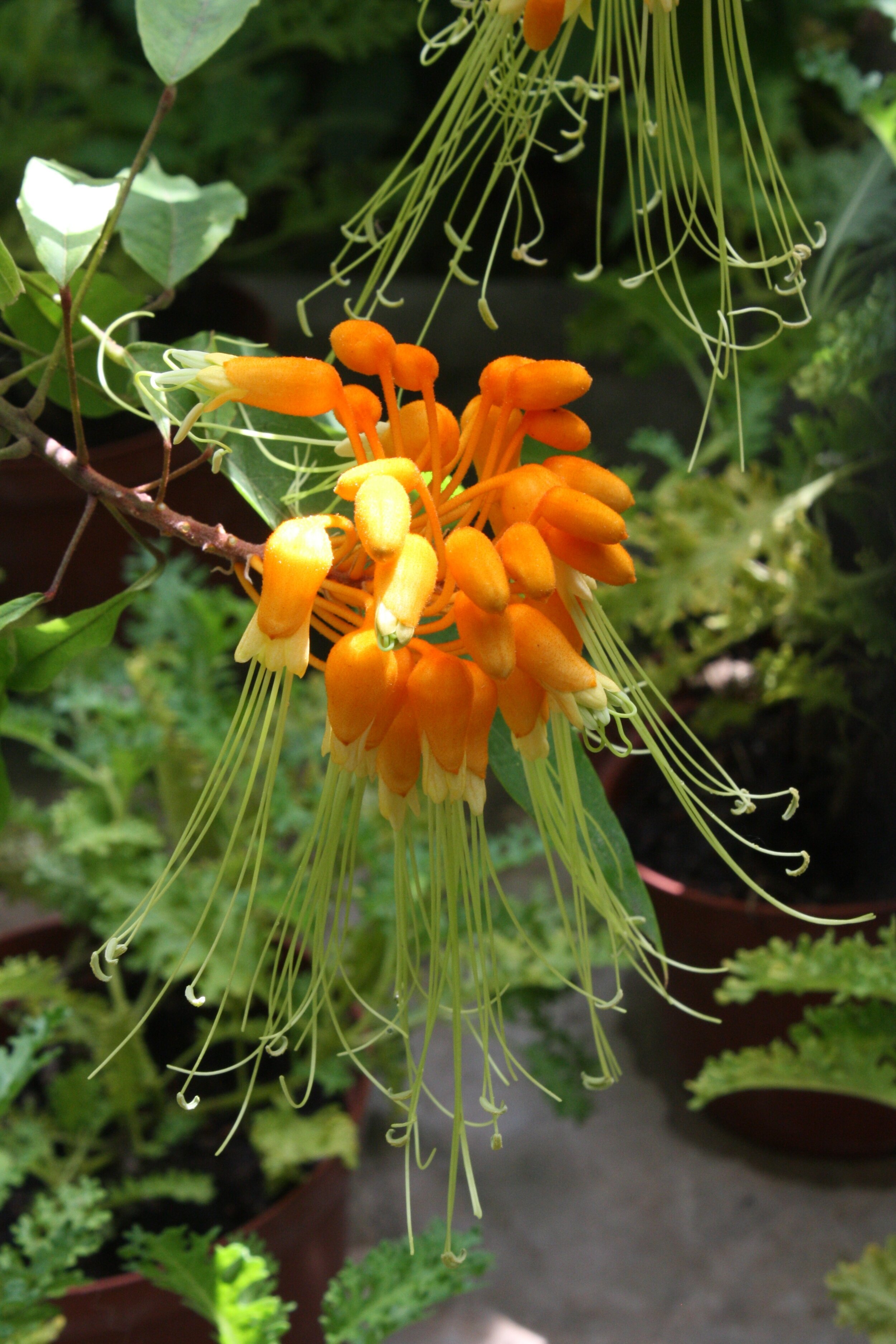Saturday STEM Challenge: Designing Alien Plants
In honor of National Wildflower Week, this week’s Distance Learning offerings are focusing on the plant world.
This week, we’re challenging you to flex your creativity! Learn about Earth’s biomes, and then imagine a distant planet and what it’s environment is like, and then create an alien plant that would grow on that planet.
At-Home STEM Activities: SAV Services
As we look at the evolution and importance of plants this week, let’s focus on some flowering plants that took an interesting step back into the water. Submerged Aquatic Vegetation (SAV) includes aquatic grasses- these are plants that grow almost completely in water (one genus produces flowers above the water- the rest have underwater flowers pollinated by water movement!) even though ancestral flowering plants evolved on land.
At-Home STEM Activities: Pollinators--What Do They Do and Ways to Attract Them
In honor of National Wildflower Week, this week’s Distance Learning offerings are focusing on the plant world.
An animal that helps plants cross-pollinate is called a pollinator, and they are an especially important for farming and for the ecosystem as a whole. In New England, the most common pollinators are bees, butterflies, and hummingbirds. Let’s learn about why plants need pollinators and ways we can make the outside of a home an inviting space for this essential creatures!
At-Home STEM Activities: A Plant Family Tree
Since this week is National Wildflower Week, we’re spending the week looking at the plant world. First a quick look at the evolution of plants.
Biologists believe that plants evolved from algae between 400 and 500 million years ago. The first plants were bryophytes that did not have vascular tissue- that means that they didn’t have special systems for moving water and nutrients from one part of the plant to another- instead these things moved by osmosis.
At Home for Earth Day: Houseplants from Kitchen Scraps
With food waste awareness becoming more widespread, people are trying to reduce their waste at home. One way to reduce food waste (and provide some other benefits, like cleaning the air in your home and, according to some studies, boosting your mood and your productivity) is using kitchen scraps to grow houseplants!





